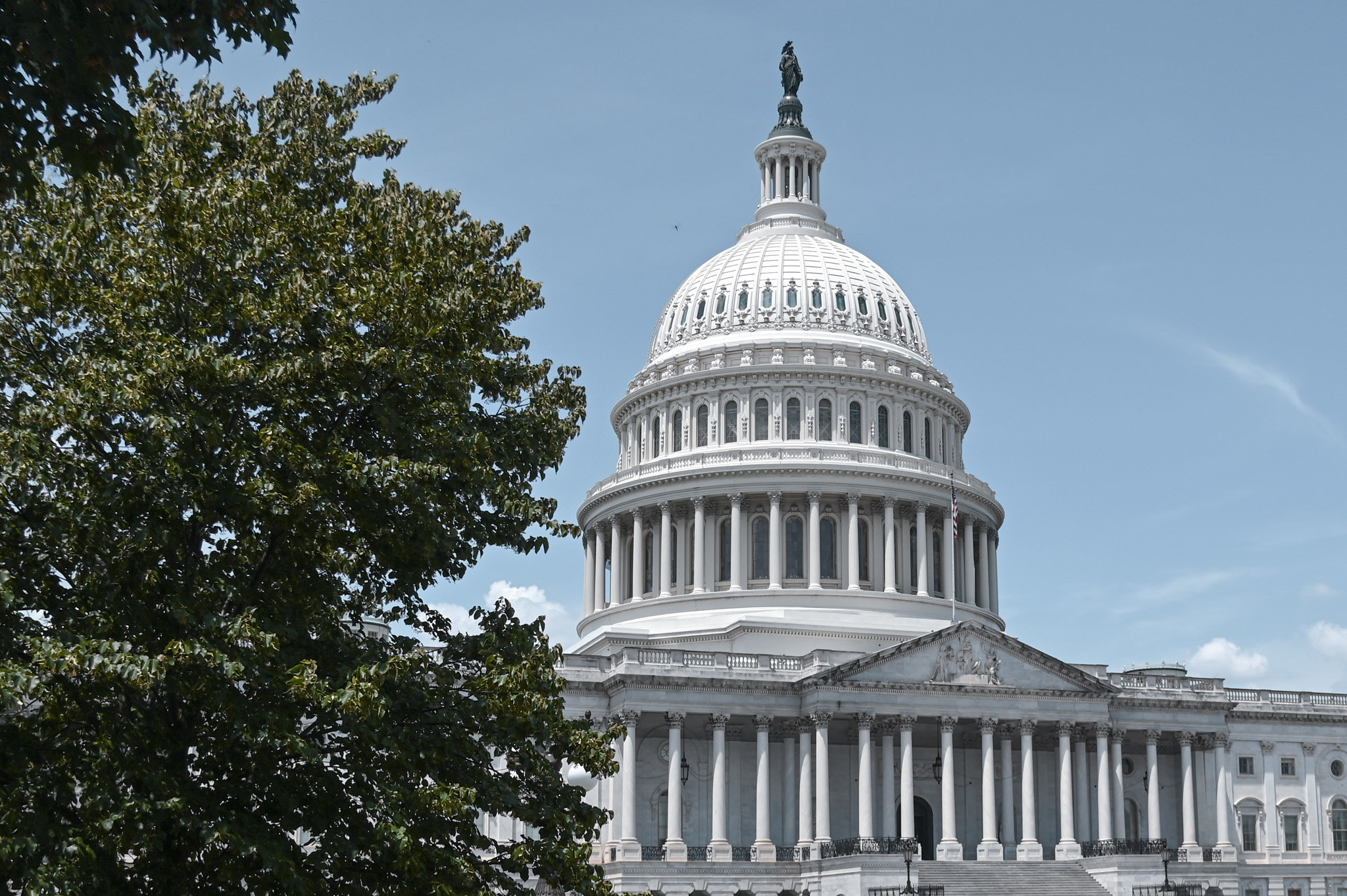
Photo provided by Illinois Soybean Association
Overall, the voluntary carbon market space in agriculture grew due to increased private and public investment in programs and incentives, as well as increased guidance and greenhouse gas reporting standards for corporate America. For example, since 2022, USDA has invested $3.03 billion in 135 agricultural-related projects through its Partnerships for Climate-Smart Commodities program.
Meanwhile, the guidance for corporate America came primarily from an organization called the Greenhouse Gas (GHG) Protocol. Together with partners, GHG Protocol develops standardized global frameworks to measure, manage and report GHG emissions in the private and public sectors. Historically, the U.S. EPA’s Center for Corporate Climate Leadership has aligned with GHG Protocol’s Corporate Accounting and Reporting Standard. In addition, in 2023, 97% of all disclosing S&P 500 Index companies used the GHG Protocol standard.
For companies to start the process of measuring, managing, mitigating and reporting GHG emissions, they must first conduct a GHG inventory. Part of the GHG inventory is identifying the company’s Scope 1, 2 and 3 emissions. Scope 1 emissions are direct GHG emissions from sources a company owns. Scope 2 emissions are indirect emissions from energy sources a company purchases. Scope 3 emissions occur indirectly in an organization’s supply chain from activities the organization does not own or control.
Scope 3 includes agriculture. To fully meet GHG Protocol’s voluntary standards, companies must report Scope 3 emissions. In the agriculture supply chain, these companies typically include food and beverage and consumer packaged goods.
As a result, carbon markets were created as one means for corporations to meet their Scope 3 emission reduction targets across their entire supply chain by incentivizing agriculture to adopt more conservation practices.

Photo provided by Illinois Soybean Association
However, the political climate may be changing as we transition from the climate-focused Biden administration to the Trump administration.
Since January 20th, the USDA, led by new Secretary Brooke Rollins, has been reviewing its contracts, personnel, trainings and programs. On February 20th, the USDA released the first tranche of funding that was paused due to the review of the Inflation Reduction Act. In addition, the Trump administration, through executive orders, has removed the U.S. from the Paris Agreement under the United Nations Framework Convention on Climate Change and revoked the U.S. International Climate Finance Plan. The Trump Administration has also revoked and rescinded executive orders from the Biden era dealing with climate change. How these changes (and likely more to come) will impact current and future public and private investment in climate-related agricultural initiatives will likely become more evident in the next several months.


 and then
and then